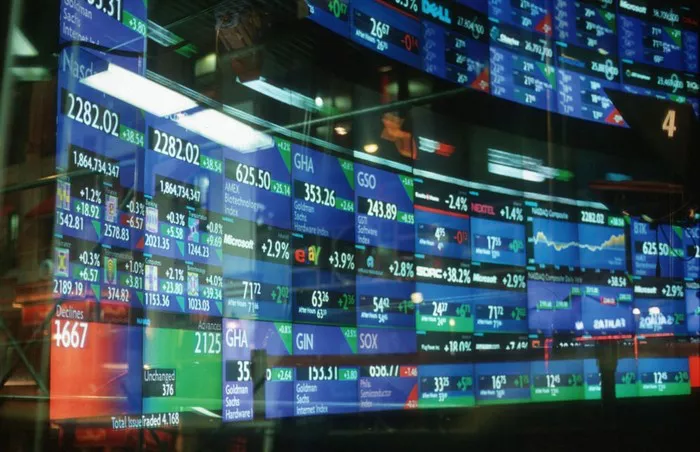Australia’s central bank decided on Tuesday to keep its key interest rate at a 12-year high of 4.35% as it seeks to tackle persistent inflationary pressures that hinder its participation in a global trend of monetary easing. This marks the seventh consecutive meeting where the Reserve Bank of Australia (RBA) has maintained the cash rate, reiterating that it is not “ruling anything in or out” regarding future policy changes. The RBA aims to preserve significant employment gains made post-COVID, but this approach has contributed to slower progress in reducing inflation.
In a statement, the RBA’s rate-setting board affirmed its commitment to returning inflation to target levels, stating, “The board remains resolute in its determination to return inflation to target and will do what is necessary to achieve that outcome.” The board emphasized that policy measures will need to remain sufficiently restrictive until there is confidence that inflation is moving sustainably toward the target range.
Following the decision, the Australian dollar maintained earlier gains, while the yield on three-year government bonds, sensitive to policy changes, remained stable. Conversely, stock markets extended their losses.
Governor Michele Bullock is set to hold a press conference at 3:30 p.m. Sydney time, which will likely address the implications of the RBA’s decision.
The RBA’s stance sets it apart from other central banks. Last week, Federal Reserve Chair Jerome Powell led a significant rate cut aimed at sustaining the strength of the U.S. economy. Callam Pickering, an economist at Indeed Inc. and former RBA official, cautioned that “while some central banks have started to cut rates, it would be a mistake to believe that the inflation battle in Australia is already won.” He underscored the RBA’s continuing tightening bias as justified.
Economists largely anticipate that the RBA may begin its rate-cutting cycle in February, while financial markets see a two-in-three chance for the first easing to occur in December. However, Governor Bullock has consistently downplayed expectations for near-term easing, projecting that inflation is unlikely to return to the 2-3% target range before late 2025. This position has placed her in a politically sensitive situation, with members of the ruling Labor party and minority parties advocating for rate cuts.
Bullock has stated that the RBA wants to be confident that price growth is sustainably heading back to its target. Currently, core inflation stands at 3.9%, significantly above the target, driven primarily by non-discretionary spending categories such as insurance, education, and housing. Despite these challenges, Australia’s job market remains robust, with the unemployment rate at a low 4.2%.
The RBA’s hawkish stance, coupled with political maneuvering surrounding a potential overhaul of its board structure, has led to local criticism of the central bank. The left-leaning Greens party has urged the government to utilize its reserve powers to compel the RBA to lower rates in exchange for supporting legislation aimed at splitting the board into two entities—one for monetary policy and another for governance. The government has dismissed this suggestion as “crazy.”
In its Tuesday statement, the RBA also highlighted ongoing global instability, noting that “geopolitical uncertainties remain pronounced,” a reference to the escalating conflict between Israel and Hezbollah in the Middle East.
Economists attribute some of the persistent inflation pressures in Australia to a mismatch between monetary and fiscal policy. While government spending has helped shield Australia from recession and bolster the labor market, it has complicated the RBA’s efforts to control inflation. The government has rejected claims that its policies are contributing to rising prices.
Recent research from Westpac Banking Corp. indicated that new public demand reached a record 27.3% of the real economy in the June quarter, up from a pre-pandemic average of around 22.5%. Economist Pat Bustamante projects this share could hit 28% by the end of next year, noting that “the increase in new public spending as a share of the real economy is unprecedented in speed and scale.”
Related topics:


